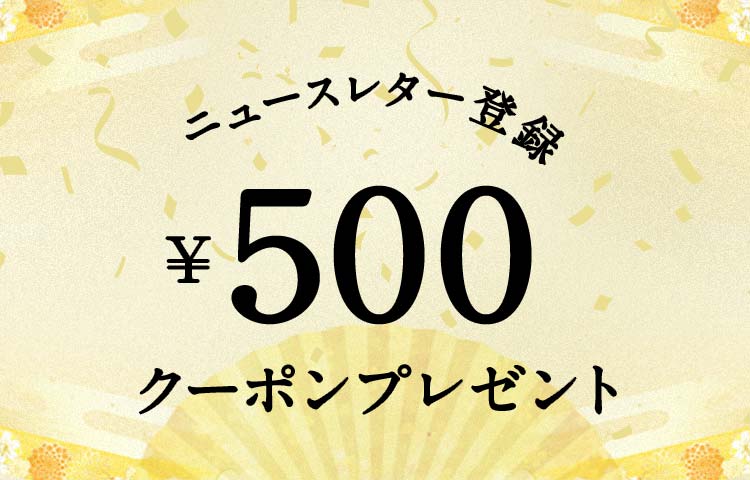
*The pattern may be different from the image shown due to the cutting process
Detail
| Product : | Ko-bukusa Cloth (O-meibutsu-gire) (Tea-things) (Hanakarakusa Ryuhoumon Nishiki) |
|---|---|
| Type : | 古帛紗 |
| Size (cm) : | W16.0×H15.0 |
| Tags : | 130th anniversary object-3、 stoat、 Wrapping available、 Great masterpiece、 Pattern_Flower arabesque with dragon and phoenix design, brocade、 Tea utensils、 fukusa、 Dragon、 dragon、 |
| Other : | The pattern may be different from the image shown due to the cutting process. Please understand this in advance. |
| Other : | Gift wrapping service available |
Reviews
Description
Kobukusa is used in the Urasenke school, one of the tea ceremony schools.
Fukusa is made from the finest brocade that has been carefully woven. This is the best item that you would like to use for a special tea ceremony. It is popular as an accompaniment to a tea ceremony or as a gift.
[Restoration of Meibutsu-gire]
The founder, Heizo Tatsumura, raised the status of textiles to the level of art as a leading figure through the restoration of ancient textiles and famous textiles. That spirit has been passed down through generations and continues to this day. Knowledge gained from thorough research on ancient textiles from raw materials, technology acquired by knowing all kinds of techniques.
The comprehensive power of weaving that makes full use of these is the basis for restoring ancient textiles.
Patterns
Hana-karakusa Ryu-ho-mon Nishiki (Brocade with Design of Floral Arabesque, Dragon, and Phoenix)

The design of this brocade is modeled after a pouch for a tea caddy owned by Hosokawa Yuusai (1534~1610 AD) who was a samurai, daimyo, and poet. The design consists of dragon, phoenix in arabesque pattern. The color in the original fabric is faded at present but we found a fragment of the original fabric and revived the original color which shows a clear touch as in the Ming Dynasty, China (14~17C, AD).



















